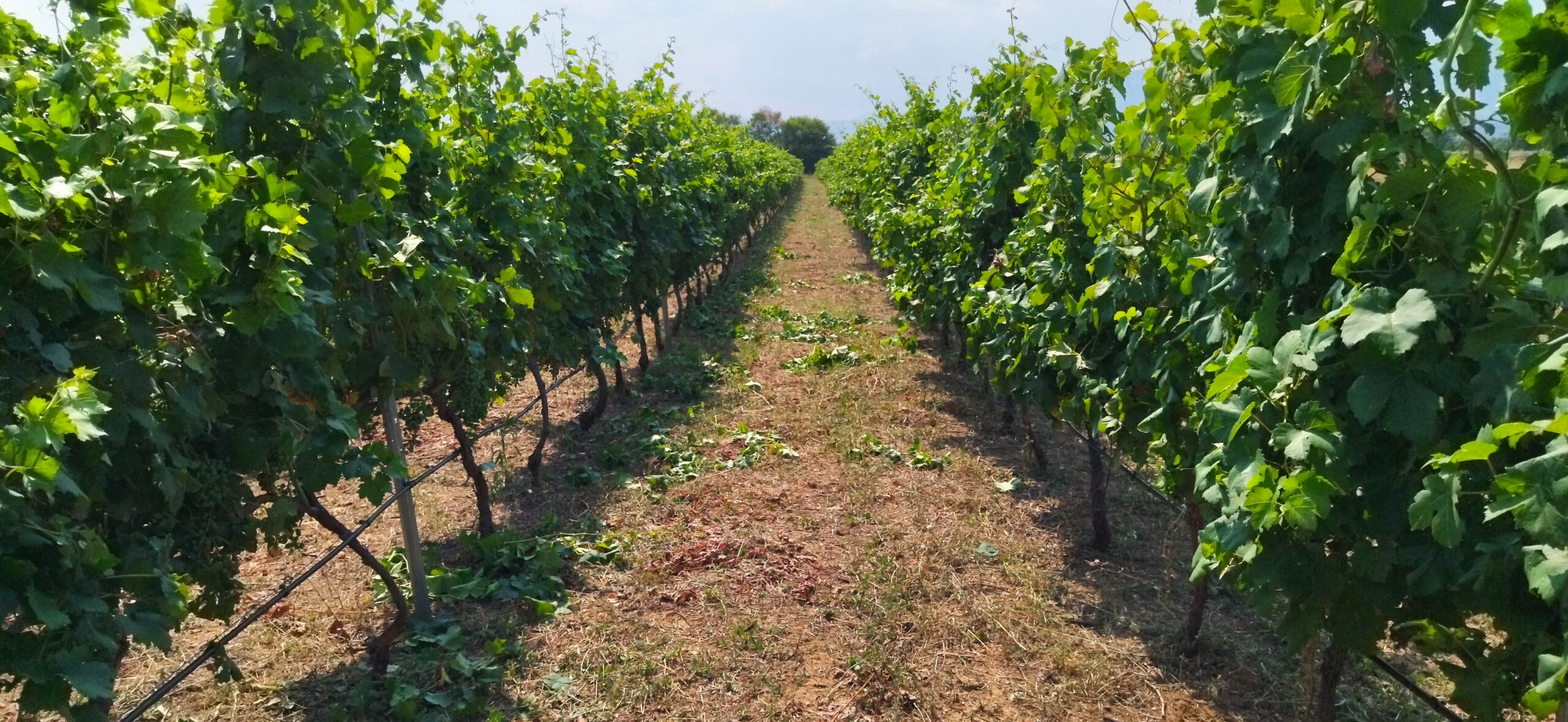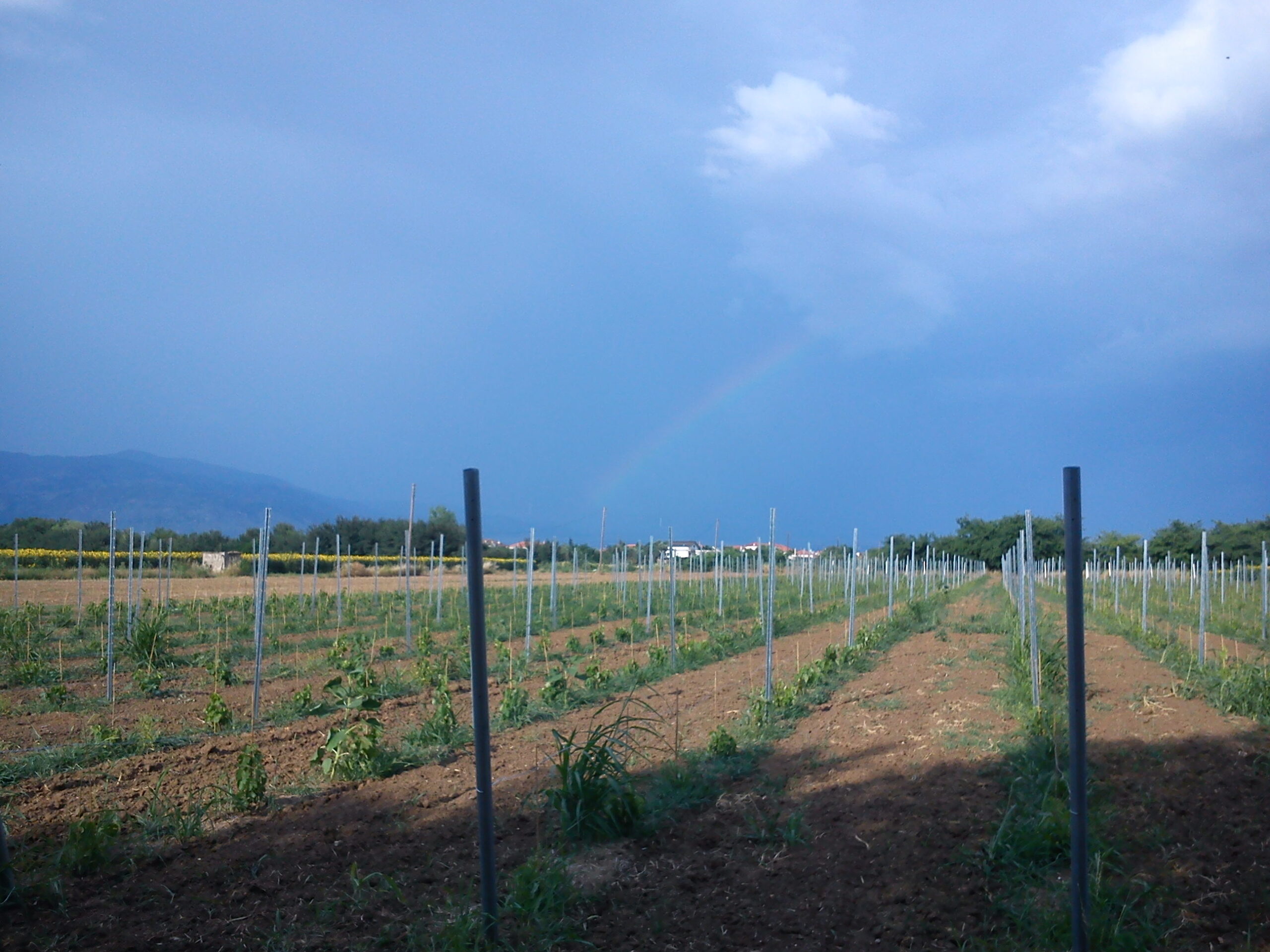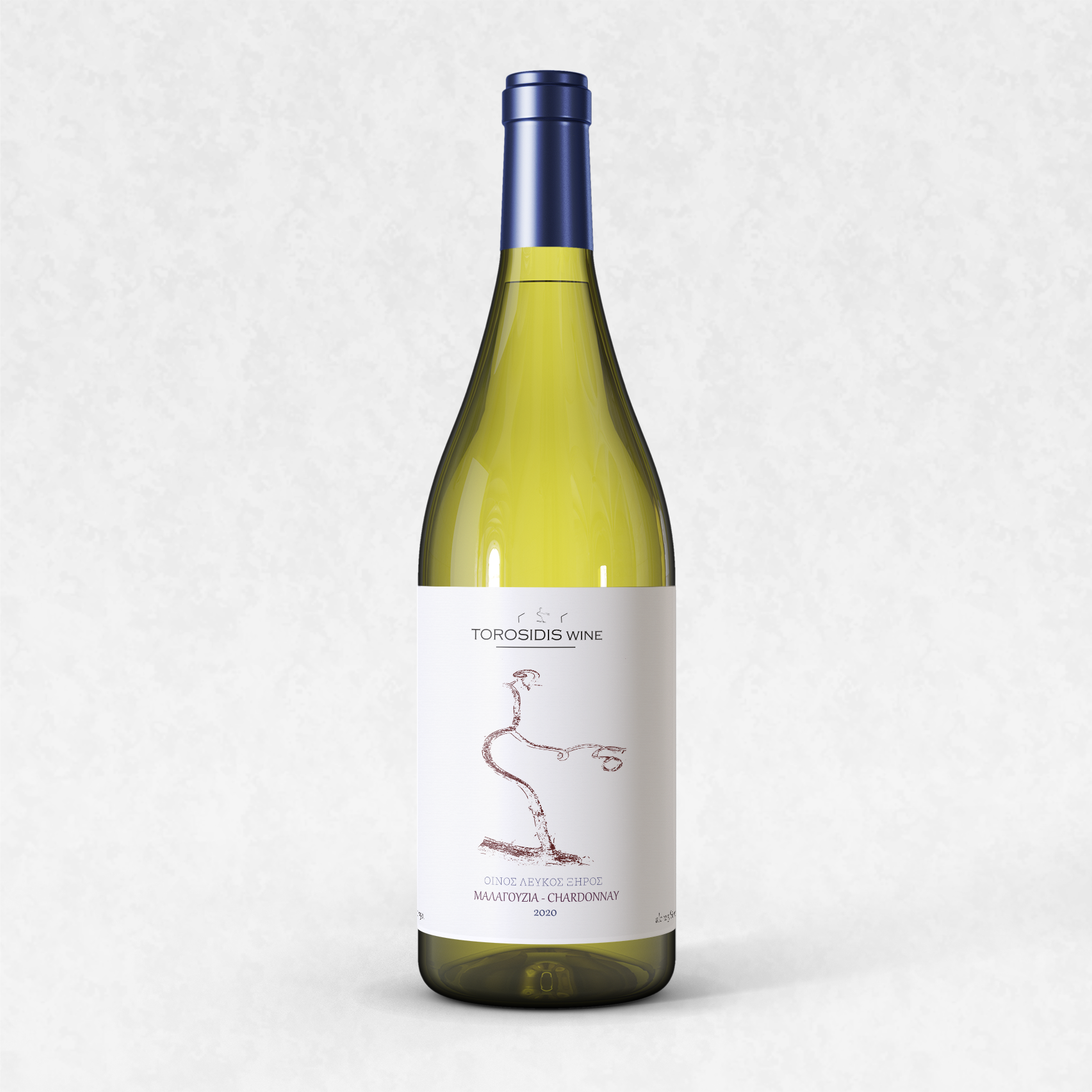
Farmers in Western Europe have always had a wide variety of types of fertilisers at their disposal. The current use of a variety of products is the result of experimentation and practical application of using different sources of nitrogen in a large number of crops and soils in different European climatic conditions.
Since 1970, most of the increase in world consumption of nitrogen fertilizers has been accounted for by the type of urea. In developing countries, the high concentration of nitrogen in urea can reduce distribution, storage and management costs per nutrient unit content, although the apparently increased concentration is less significant when assessed volumetrically.
In the case of developing countries, the use of urea nitrogen fertilisers accounts for 67% of total nitrogen fertiliser consumption, compared with 16% in Western Europe.
Nitrogen can be applied alone, in the form of a simple fertilizer or in the form of complex fertilizers containing varying nitrogen contents. In Western European countries, 78% of nitrogen is applied alone in the form of simple fertilizers, while 22% is applied with complex multi-nutrient fertilizers.
The prevalence of urea in developing countries is due more to accounting and economic data than to agronomic and environmental suitability. The potential for ammonia losses from urea, when used inappropriately, can be significant. They are greater and generally more difficult to reduce than losses of nitrogen sources in nitrate form.

Nitrogen can be applied alone, in the form of a simple fertilizer or in the form of complex fertilizers containing varying nitrogen contents. In Western European countries, 78% of nitrogen is applied alone in the form of simple fertilizers while 22% with complex multi-nutrient fertilizers.
Main types of straight fertilizers used in western European Union :
- Calcareous ammonia nitrate. It is a mixture of ammonia nitrate and a minimum of 20% calcareous/magnesian salt. Its concentration in nitrogen ranges from 25% to 28%. With a share of 30%, it is the main type of simple nitrogen fertilizer in western Europe. Half of the nitrogen is found in the nitrate form, which is readily available to plants, while the other half is found in the ammoniacal form. Ammonium nitrate fertilizers are well adapted to most European soils, crops and climatic conditions.
- Ammonia nitrate. Another source of highly concentrated nitrogen. (33.5% to 34.5% w/w). It accounts for 21% of the total amount of inorganic nitrogen fertilisers in western Europe. It is the most commonly used form of straight nitrogen fertiliser in France (38%) and the United Kingdom (68%).
- Urea. It is the type with the highest nitrogen content (46% w/w). The availability of nitrogen for uptake by the plant can be delayed, especially in spring cold weather, as urea must be converted initially to ammoniacal and eventually nitrate form. Its chemical transformation depends on temperature, which is why in Western Europe the use of urea is mainly found in Mediterranean countries.
- Liquid solutions. They account for 12% of total nitrogen consumption in western Europe. Representative is the composition consisting of 50% urea and 505 ammonia nitrate in water, and a fully soluble pure liquid fertilizer (with a nitrogen content of 28-32%). This type of fertiliser offers farmers the advantage of reduced manual labor but requires special storage facilities and transport equipment.
Other simple nitrogen fertilizers.
- Ammonia sulphate.It has a relatively low nitrogen content (21%, exclusively in ammoniacal form). In addition, it contains 24% sulfur (S), another essential nutrient for plants.
- Ammonia nitrate sulphide.It is a combination of ammonium sulfate and nitrate. (typical composition: 26% nitrogen content of which 7.5% nitrate and 18.5% ammoniacal with an additional 14% sulphur).
- Calcium nitrate.Contains 14.4% nitrogen in nitrate form and 19% water-soluble calcium. It is a form suitable for vegetables and fruit trees because of its fast action.
- Sodium nitrate, chile nitro and calcium cyanamide.Used in small quantities on specific crops.
- Anhydrous ammonia (82% nitrogen).It is applied by infusion into soil and represents less than 1% of total nitrogen fertilizers used in western Europe.
Compound fertilizers.
Fertilizers containing more than one of the essential nutrients – nitrogen(N), phosphorus(P), potassium(K) – are known as compound fertilizers. Their use accounts for 22% of the total applied nitrogen in western Europe. There are two distinct categories:
- Fertilizer mixtures.These are produced by dry mixing the granules or particles of two or more intermediate lubricating materials. In good quality mixtures the grain contents fit perfectly in relation to size and other physical characteristics. If the ingredients do not fit perfectly there is a possibility that they will be separated during handling, transport and dispersion, resulting in uneven distribution in the field.
- Complex fertilizers.They contain at least two of the elements nitrogen, phosphorus or potassium and are usually the product of a chemical reaction. They have the advantage of containing all their nutrients in each grain.
The majority of compound fertilizers used in western Europe belong to the second category. The granules of these fertilizers have a uniform size and defined consistency, so they are not at risk of separation during application.
Special Fertilizers.
Under certain climatic and soil conditions immobilization, denitrification, escape in the form of gas or leaching of nitrogen may occur, reducing the effectiveness of applied fertilizers. To prevent this phenomenon, the mineral fertilizer industry has developed special types of fertilizers designed to reduce the effect of these phenomena. These special types of fertilizers can be summarized as follows:
Foliar Fertilizers.
In certain cases, nitrogen can be taken up particularly effectively by the leaves of the plant. This method of application can be used to prevent immobilisation or leaching of soil nitrogen. However, the amount of nitrogen that can be applied with foliar spraying is limited and in practice this method of application is used in addition to the amount of nitrogen applied by the soil.
Slow diffusion and controlled diffusion fertilizers.
A slow or controlled diffusion fertiliser contains nitrogen and equal other nutrients in forms that delay initial availability or extend availability over time, synchronizing it with plant uptake.
Typically, a slow-release fertilizer is based on the insolubility of the nitrogen-containing medium in the available water. On the other hand, a controlled diffusion fertilizer is produced by modifying the soluble lubricating product, using coating layers or encapsulating in capsules.
The two main categories of slow or controlled release fertilizers, depending on their production method are:
- Slow-release fertilizers.
Urea – Aldehydes, eg urea – formaldehyde. They were mainly designed for professional use in lawns, playgrounds and gardens.
- Controlled-release fertilizers.
These materials were designed to release nutrients over a given period of time (3,6,9,or 12 months) through a coating material or capsule film.
Stabilized Fertilizers : Fertilizers associated with nitrification inhibitors.
Nitrification inhibitors are chemical compounds that inhibit bacterial oxidation (nitrification) of ammoniacal nitrogen by limiting the activity of Nitrosomonas bacteria in soil. The aim is to preserve the applied ammoniacal nitrogen in its original form, which is stable in the soil, and to slow down its conversion to nitrate. This temporarily reduces the nitrate ratio in the soil, thus reducing the chances of leaching or formation of N2O, due to high rainfall or irrigation.
The cost of controlled-release or stabilised fertilisers is significantly higher than that of conventional fertilisers. Thus, their main use is limited to high-value crops, specific cultivation systems and high-value non-agricultural sectors (floriculture, playgrounds, greenhouses).
World consumption of slow-release industrial fertilizers in 1995 is estimated at approximately 560 kt of product.
Source :Kummer Karl-Friedrich (BASF AG) and Chris Dawson and Associates , (2003).Understanding Nitrogen and its Use in Agriculture.
Our Wines
Shop

Related Articles
Related
Κριτήρια προτεραιότητας για τη χορήγηση αδειών φύτευσης αμπελιού
Προκειμένου να χορηγηθούν οι άδειες νέας φύτευσης εφαρμόζονται κριτήρια προτεραιότητας όπως αυτά έχουν επιλεγεί για την κάθε περιφέρεια κάθε αγροτεμάχιο λαμβάνει βαθμολογία στο κάθε κριτήριο με βάση τον συντελεστή βαρύτητας W και τον συντελεστή συμμόρφωσης Pt. Η...
Αιτήσεις για άδειες φύτευσης αμπελιού για το 2024
Οι ενδιαφερόμενοι για την απόκτηση αδειών νέας φύτευσης οινοποιήσιμων ποικιλιών αμπέλου, υποβάλουν ηλεκτρονικά, μέσω της Ψηφιακής Υπηρεσίας Υποβολής Αιτήσεων Αδειών Νέων Φυτεύσεων της ιστοσελίδας του ΥΠ.Α.Α.Τ, αίτηση- υπεύθυνη δήλωση από την 1 Σεπτεμβρίου μέχρι και...
Until 20 November 2023, applications for the restructuring and conversion of vineyards of the 2023-2024 wine year.
The period of application of the intervention for restructuring and conversion of wine-growing areas in our country concerns the wine year 2023-2024.The intervention shall cover one or more of the following actions: (a) varietal conversion of vineyards, including...
